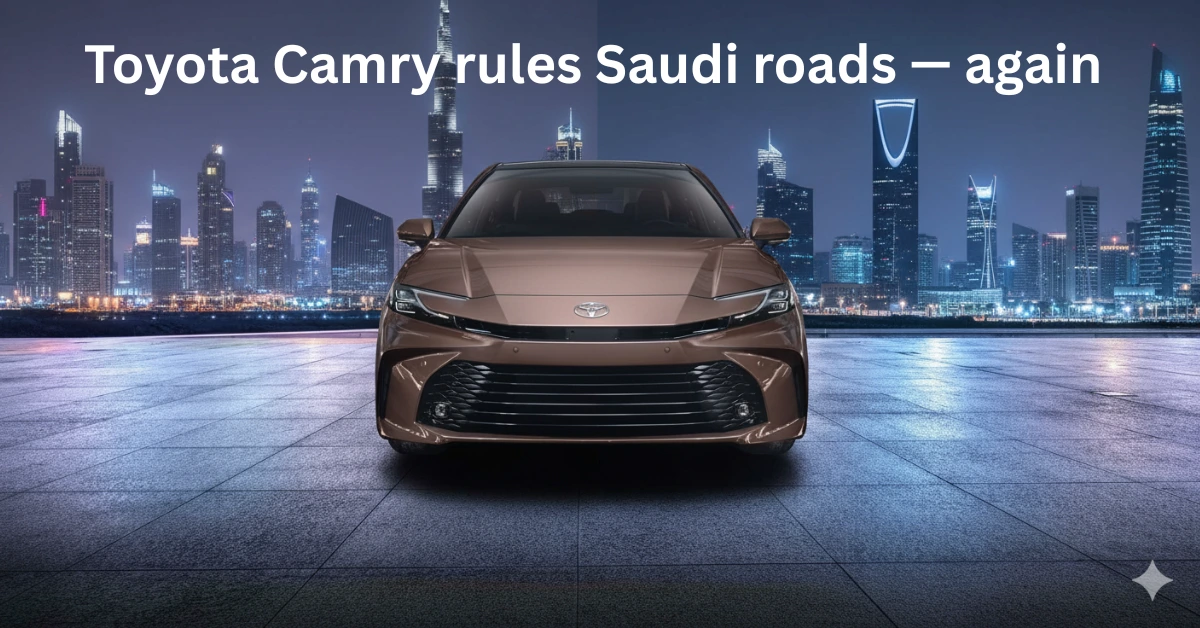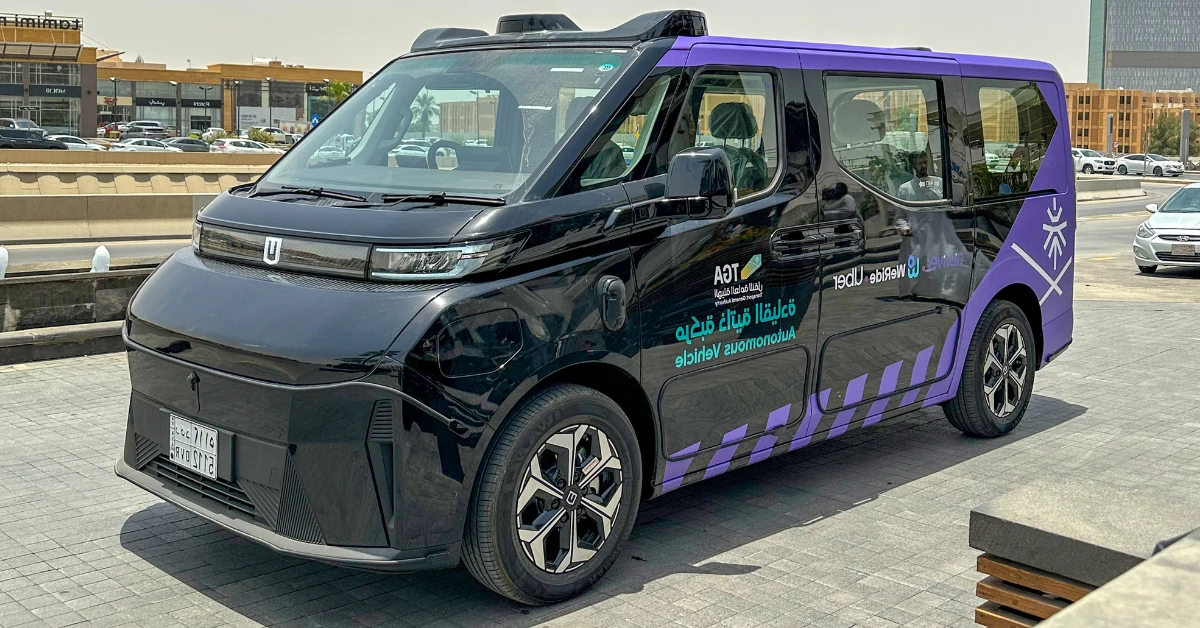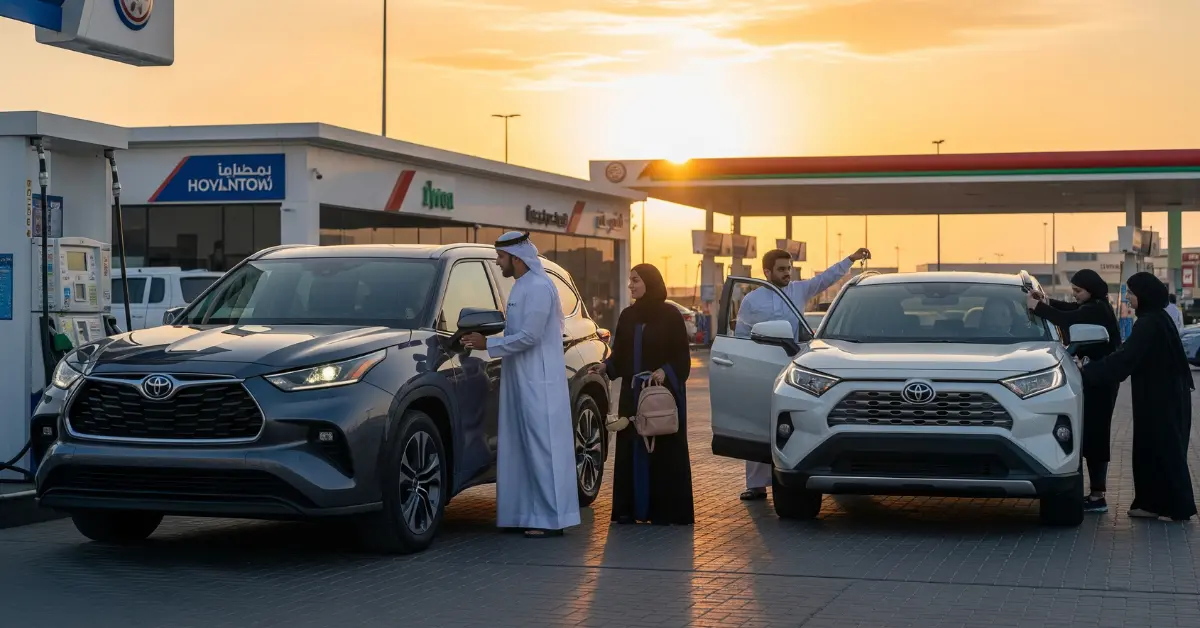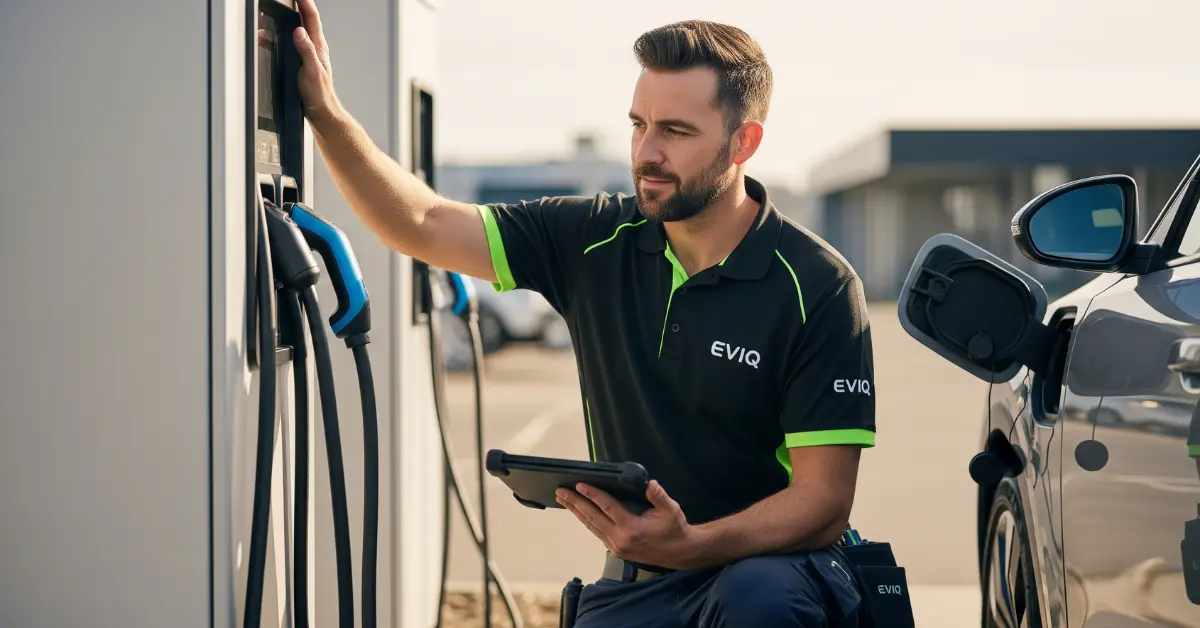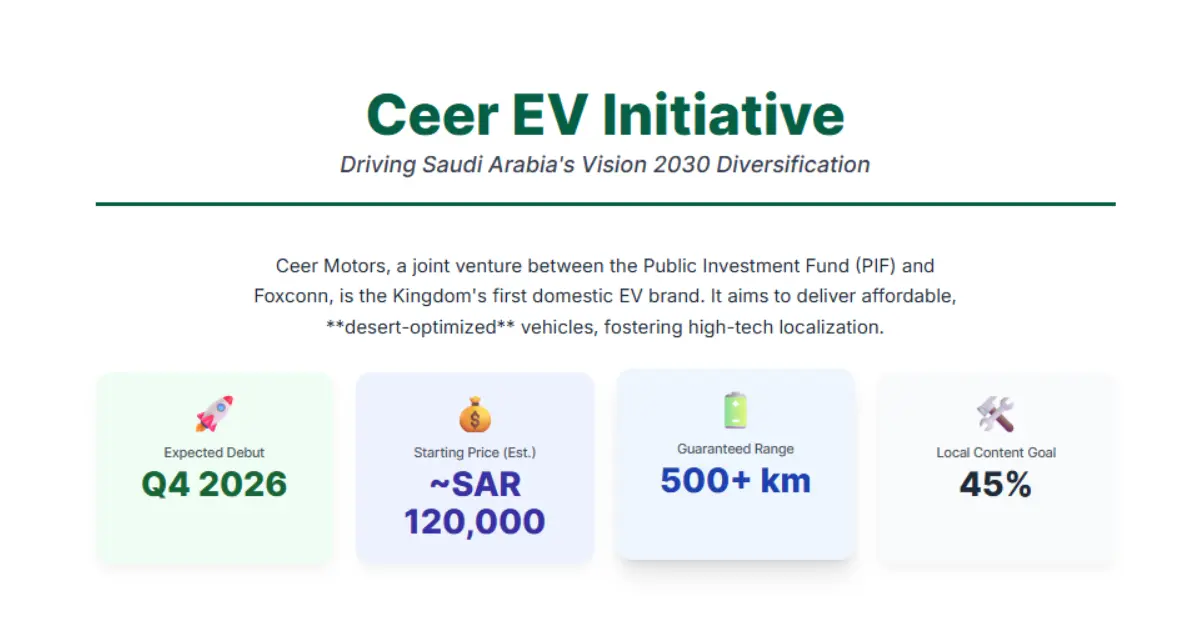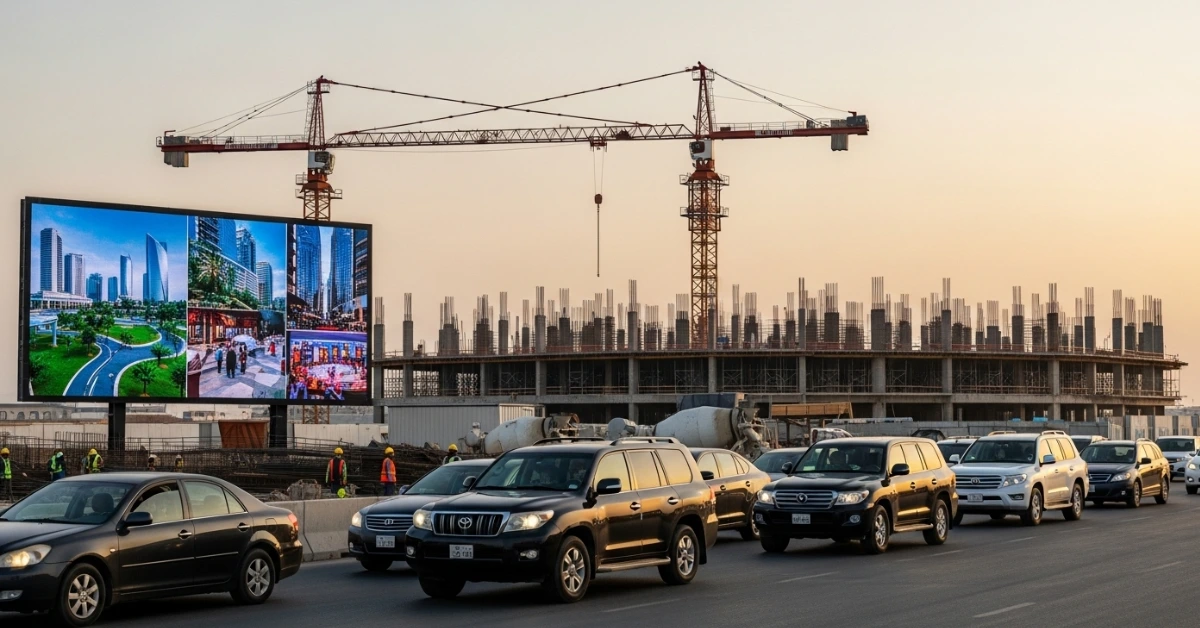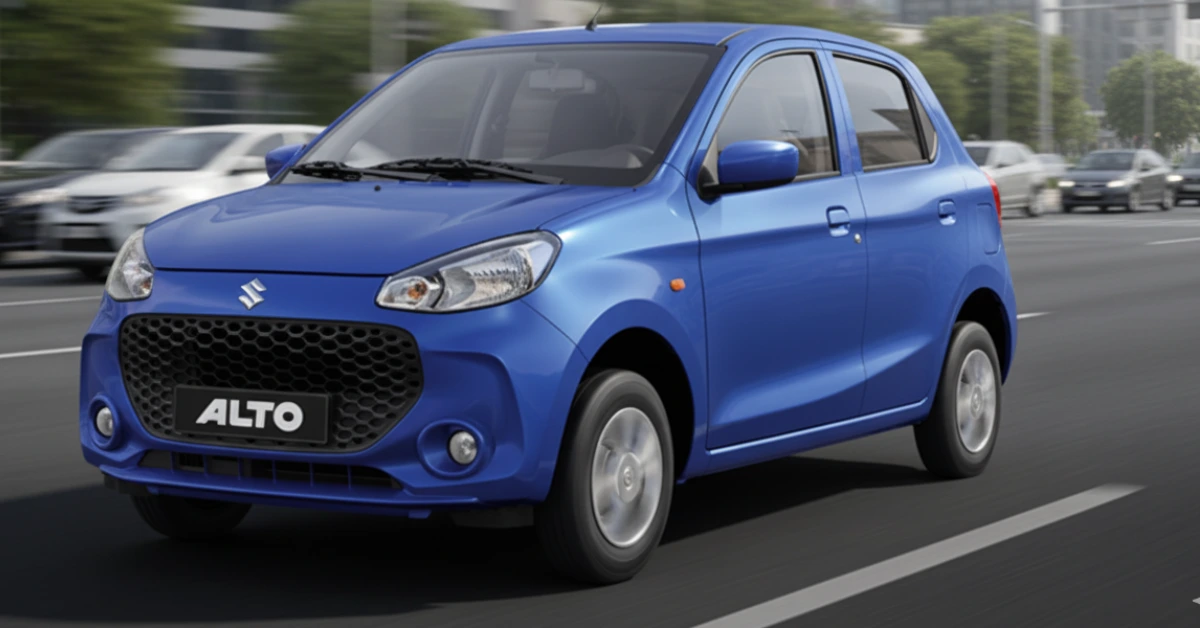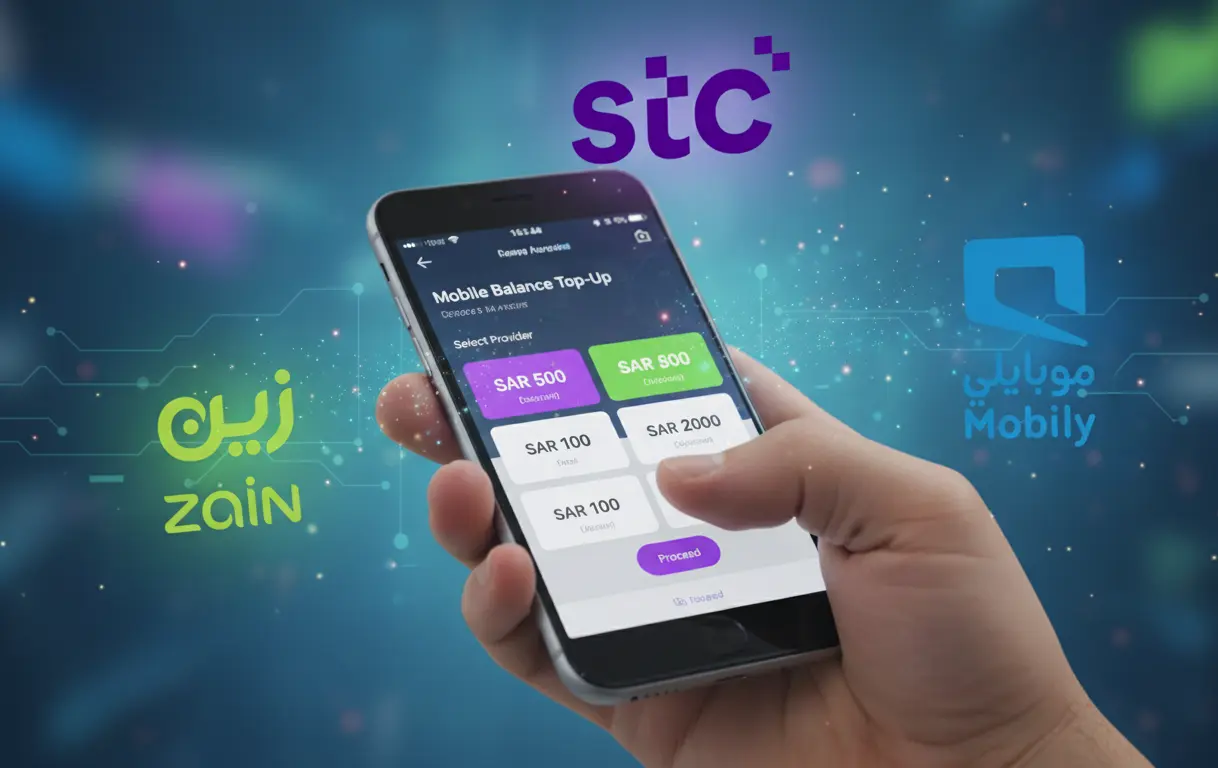On a sun-blasted run between Riyadh and Dammam, the 2025 Toyota Camry feels like a familiar suit: refined, composed and built for the heat. As Saudi buyers push toward fuel efficiency and dependable ownership, the Camry’s mix of petrol and hybrid powertrains, roomy cabin and strong dealer backing explain why it remains a top pick in 2025. Market data shows the Camry led sedan sales in H1 2025 with 23,953 units — a concrete sign that this model still answers the Kingdom’s daily needs for long-distance comfort and low running costs.
Exterior — Handsome, conservative, modern
The Camry’s styling for 2025 is an evolution rather than a revolution: a bolder grille, slim LED headlights and crisp side creases that hint at Lexus DNA without shouting. Wheel designs and paint choices lean practical — larger alloys for the upper trims, resilient finishes for sand-belt conditions. The TNGA-K underpinnings give the body a taut, durable feel reminiscent of the i4’s dignity or the Ioniq 6’s aerodynamic intent, but with a distinctly conservative Toyota character that plays well in Saudi family parking lots and executive drives.
Interior — Minimalist comfort for long hauls
Inside, the Camry is a quiet, functional cabin: layered soft plastics up front, optional leather higher up, and a 524-litre trunk that swallows luggage for multi-generation trips. The layout favors a clean, button-light experience — touchscreen primary, physical shortcuts where practicality matters. Front and rear seats are tuned for long-distance comfort rather than tight sportiness, delivering the kind of predictable ergonomics that Saudi buyers appreciate on highway commutes and extended coastal runs.
Technology — Useful, not flashy
Toyota’s latest infotainment appears in upper trims as a wide 12.3-inch display with wireless Apple CarPlay and Android Auto plus OTA update capability. Standard Toyota Safety Sense 3.0 bundles adaptive cruise, automatic emergency braking and lane-keeping — features that reduce fatigue during long stretches between cities. The software is straightforward and reliable; it won’t wow early adopters chasing Tesla-style interfaces, but it delivers the functionality most owners actually use.
Performance — Balanced, predictable, composed
The 2.5-litre petrol four produces roughly 204 hp and a brisk, linear shove; Toyota quotes ~8.0 seconds to 0–100 km/h in petrol guise. The hybrid pairs the 2.5 engine with electric assistance for about 212–227 hp depending on market calibration, trading outright sprint for smoother midrange thrust and city responsiveness. On Saudi highways the Camry tracks straight, its reworked suspension smoothing rough asphalt without turning into a couch — a tidy compromise between ride comfort and composed handling.
Battery and Range — Hybrids that cut costs
Toyota’s hybrid Camry is the headline here for fuel-conscious buyers: regional tests and spec sheets report combined real-world economy in the low-to-mid 20s km/l (lab figures vary; some regional estimates cite up to ~27.8 km/l for specific hybrid mixes). That translates into dramatically lower pump visits versus pure petrol rivals, a clear advantage as total cost of ownership becomes a bigger factor for fleet buyers and professionals across the Kingdom. Charging isn’t an issue — this is a self-charging hybrid, not a plug-in.
OMODA E5 review — an affordable, tech-packed EV with 430 km WLTP range that challenges BYD and
Safety — Full suite of driver aids
Toyota Safety Sense 3.0 is standard: adaptive cruise with lane centering, automatic emergency braking, blind-spot monitoring and road-sign recognition. Those systems are particularly valuable on long, monotonous highway stints common in KSA. While independent crash ratings differ by market, Toyota’s active suite and redundant sensor layout help the Camry stack up strongly vs. regional rivals.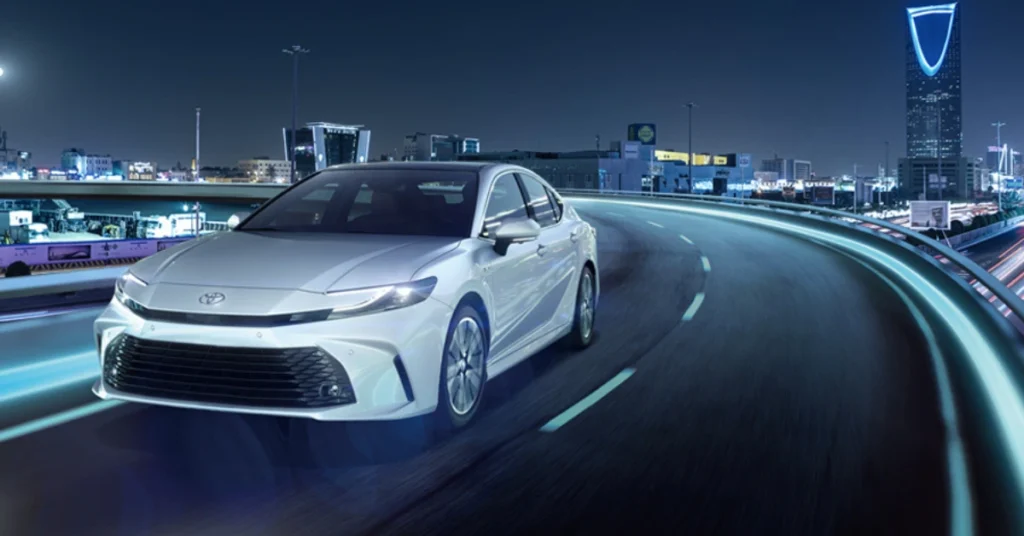
Pricing and Value — Resale and nationwide support
Prices vary by trim, but the Camry’s value argument is simpler: strong resale, low maintenance and broad parts and service coverage via Abdul Latif Jameel’s nationwide network — a practical edge in Saudi ownership. Toyota’s brand share in H1 2025 underlines the point: the company held a market-leading position and the Camry remains a core seller.
Quick Specs & Price Comparison (table)
| Powertrain | Horsepower (approx.) | Fuel economy (km/l, regional est.) | 0–100 km/h | Starting price (SAR, avg) |
|---|---|---|---|---|
| Petrol 2.5L | 204 hp | ~12–14 km/l | ~8.0 s | ~105,000 SAR |
| Hybrid 2.5L HEV | 212–227 hp | ~22–27.8 km/l (market/test variance) | ~7.5 s | ~106,600+ SAR |
Prices and economy reflect regional market listings and test reports; trims and figures vary by equipment and local calibration.
Pros and Cons
-
- Proven reliability and resale value.
- Hybrid fuel economy that lowers running costs.
- – Conservative styling vs flashier rivals.
- – Infotainment less experimental than some competitors.
- – Upper trims carry a premium.
Conclusion — Who should buy?
If you need a desert-tough, low-running-cost sedan with a nationwide service network and strong resale, the 2025 Toyota Camry remains the safe, sensible choice for Saudi families and professionals.

Hey, I’m Arafat Hossain! With 7 years of experience, I’m all about reviewing the coolest gadgets, from cutting-edge AI tech to the latest mobiles and laptops. My passion for new technology shines through in my detailed, honest reviews on opaui.com, helping you choose the best gear out there!
